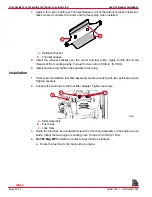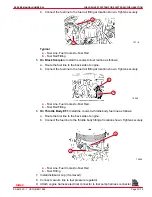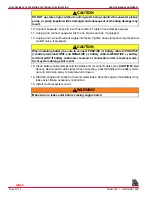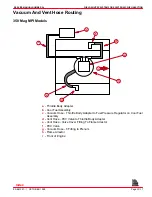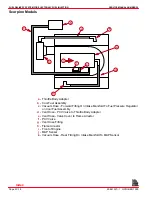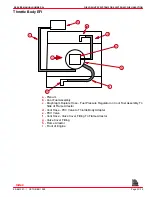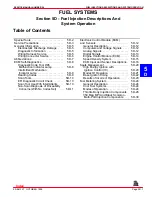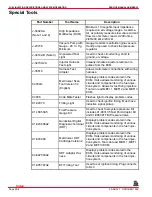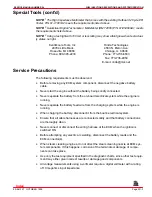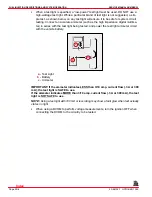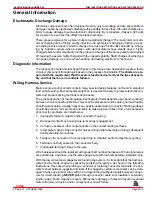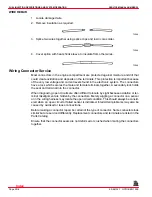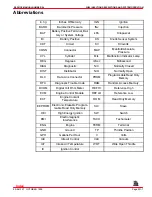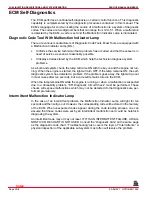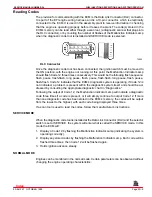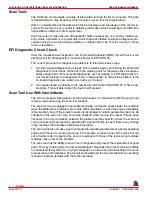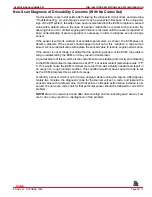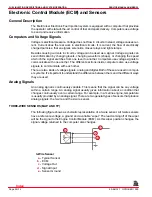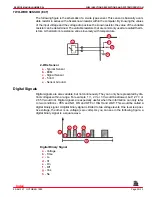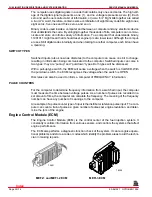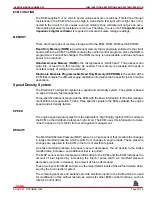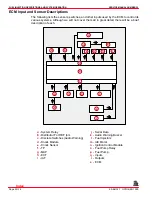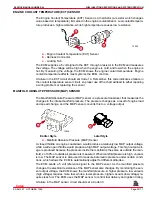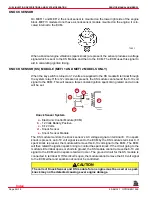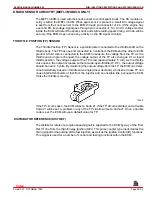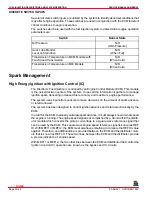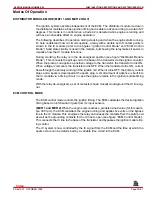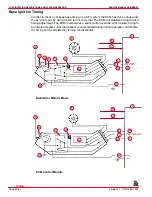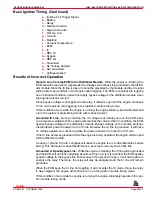
FUEL INJECTION DESCRIPTIONS AND SYSTEM OPERATION
SERVICE MANUAL NUMBER 24
Page 5D-8
90-861327 OCTOBER 1999
ECM Self-Diagnostics
The ECM performs a continual self-diagnosis on certain control functions. This diagnostic
capability is complemented by the diagnostic procedures contained in this manual. The
ECM’s language for communicating the source of a malfunction is a system of diagnostic
codes. The codes are two digit numbers that can range from 12 to 51. When a malfunction
is detected by the ECM, a code is set and the Malfunction Indicator Lamp is illuminated.
Diagnostic Code Tool With Malfunction Indicator Lamp
There are various manufacturers of Diagnostic Code Tools. Most Tools are equipped with
a Malfunction Indicator Lamp (MIL).
•
It informs the service technician that a problem has occurred and that the vessel is in
need of service as soon as reasonably possible.
•
It displays Codes stored by the ECM which help the technician diagnose system
problems.
As a bulb and system check, the lamp will come ON with the key on and the engine not run-
ning. When the engine is started, the light will turn OFF. If the lamp remains ON, the self-
diagnostic system has detected a problem. If the problem goes away, the light will go out
in most cases after ten seconds, but a code will remain stored in the ECM.
When the lamp remains ON while the engine is running, or when a malfunction is suspected
due to a driveability problem, “EFI Diagnostic Circuit Check” must be performed. These
checks will expose malfunctions which may not be detected if other diagnostics are per-
formed prematurely.
Intermittent Malfunction Indicator Lamp
In the case of an intermittent problem, the Malfunction Indicator Lamp will light for ten
seconds and then will go out. However, the corresponding code will be stored in the memory
of the ECM. When unexpected codes appear during the code reading process, one can
assume that these codes were set by an intermittent malfunction and could be helpful in
diagnosing the system.
An intermittent code may or may not reset. IF IT IS AN INTERMITTENT FAILURE, A DIAG-
NOSTIC CODE CHART IS NOT USED. Consult the “Diagnostic Aids” on the same page
as the diagnostic code chart. “Troubleshooting” also covers the topic of “Intermittents.” A
physical inspection of the applicable sub-system most often will resolve the problem.
Index

